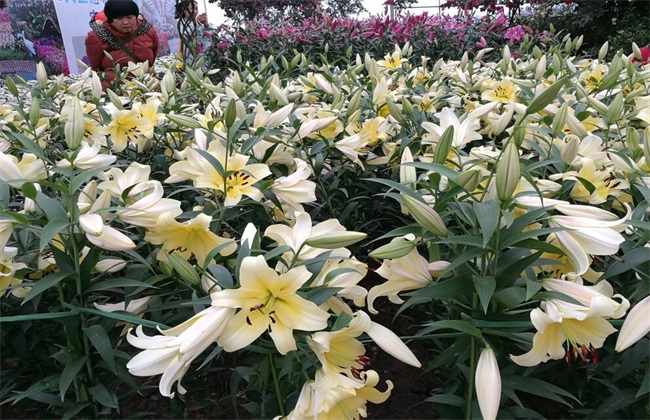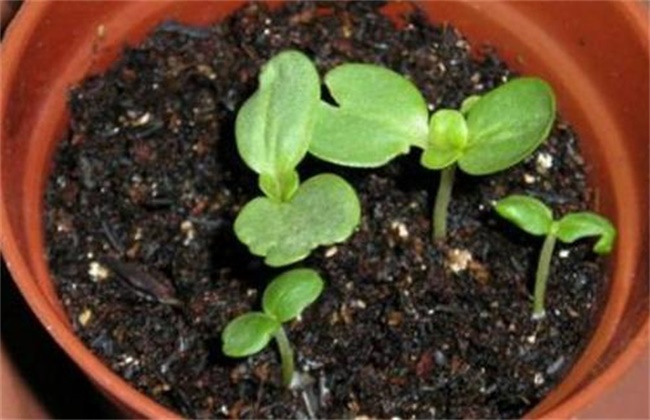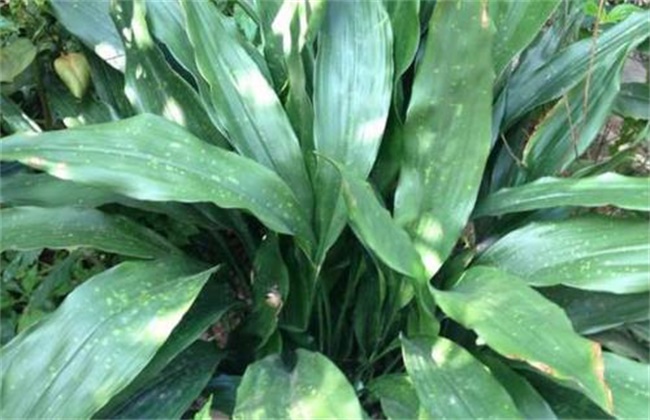What is the reason why lilies do not blossom?
Lily is a very common flower in our daily life. Lily not only has a very high ornamental value, but also can make tea as medicine, has a certain effect, and is welcomed by many people. However, when planting lilies, many people will find that lilies do not blossom, resulting in a decline in ornamental. So what is the reason why lilies do not bloom? Today, the editor will give you a brief introduction. Let's take a look at it.

1. The ball is too small.
Planting balls too small is one of the main reasons why lilies do not blossom. The size of the bulb will directly affect the flowering rate of lily in the middle and later stage, because when planting lily, if the bulb is too small, then the nutrition in the bulb is very little. In the later stage of maintenance, the lily plant will not blossom normally because of lack of sufficient nutrients. Therefore, before we plant lilies, we must pay attention to the choice of bulbs, the diameter of planting should be kept at least about 3 cm, do not plant too small bulbs, and wait for it to develop for a period of time before planting.
2. Lack of light
Light is very important for the flowering of lilies. If you want lilies to blossom normally, then light is indispensable. In the growth of lilies, if the lack of light, then the photosynthesis of lilies will be nutritious, resulting in malnutrition, lack of nutrients, lilies will not be able to blossom normally. Because lilies are very light-loving flowers, when we plant lilies, we must pay attention to providing them with sufficient light. During the growing period, it is necessary to ensure that the lily plants can receive enough sunlight.
3. No vernalization
Before we plant the lily bulb, if we want the bulb to sprout normally, then we want the bulb to have a process of low temperature vernalization. Only in this way can we ensure that the bulb can differentiate normally, and if the temperature is too high to cause the bulb to fail to vernalize normally, the lily will not blossom naturally. Therefore, during this period of vernalization, we should pay attention to lowering the surrounding temperature to 5 degrees and keeping it at about one and a half months. So that the seed ball can be vernalized normally, promote the differentiation of flower buds, and ensure the flowering rate of lilies.
4. Too much water
Although there is a certain demand for water in the growth process of lily, and the flowering of lily is inseparable from water, but if it is watered too much, it will have a great impact on the growth of lily. Because too much watering will lead to lily overgrowth, difficult to blossom, and soil water is easy to cause lily rotting roots, affecting nutrition absorption, resulting in lily not blooming. So we should pay attention to control the amount of water, especially before and after flowering, never pour too much water to ensure that lilies can blossom normally.
The above is a brief introduction to why lilies do not blossom. That's all for today's introduction. This article is for reference only. I hope it can be helpful to everyone.
Related
- Fuxing push coffee new agricultural production and marketing class: lack of small-scale processing plants
- Jujube rice field leisure farm deep ploughing Yilan for five years to create a space for organic food and play
- Nongyu Farm-A trial of organic papaya for brave women with advanced technology
- Four points for attention in the prevention and control of diseases and insect pests of edible fungi
- How to add nutrient solution to Edible Fungi
- Is there any good way to control edible fungus mites?
- Open Inoculation Technology of Edible Fungi
- Is there any clever way to use fertilizer for edible fungus in winter?
- What agents are used to kill the pathogens of edible fungi in the mushroom shed?
- Rapid drying of Edible Fungi



